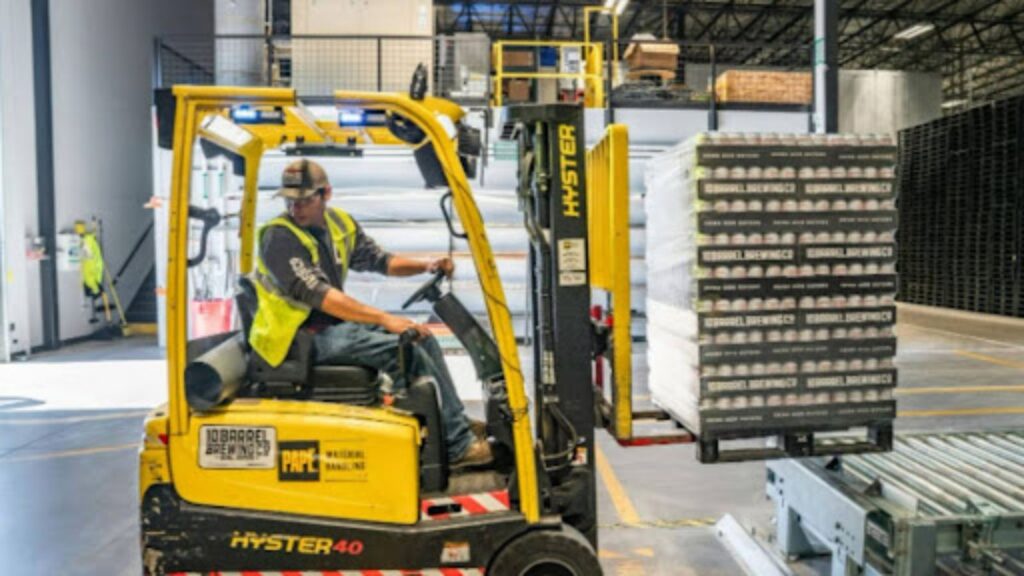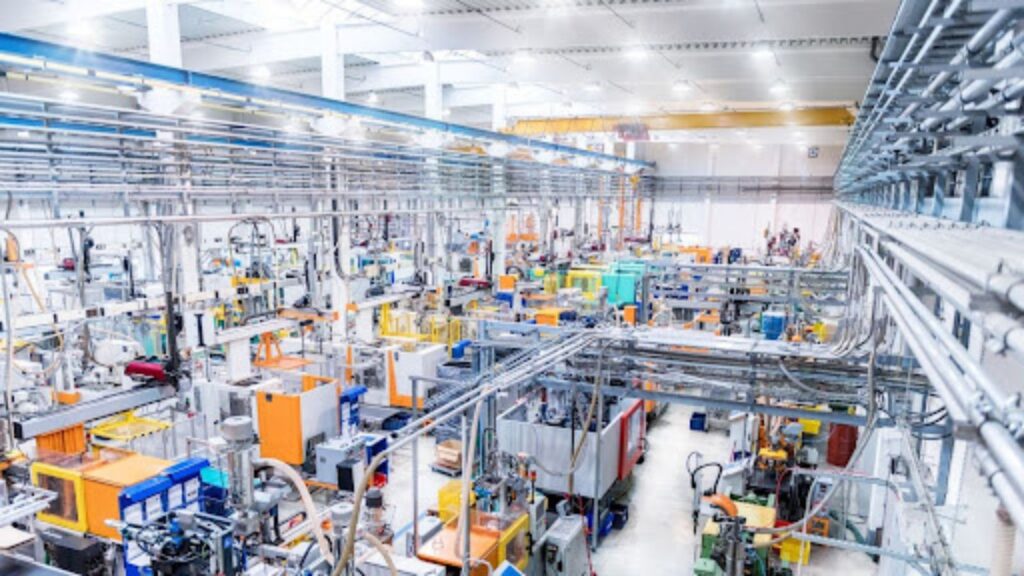
Achieving manufacturing efficiency is a challenging endeavor; it demands meticulous planning, relentless execution, and unwavering dedication to continuous improvement. Each element must work together flawlessly for the entire operation to remain efficient.
In the unforgiving climate of today’s market landscape, efficiency transcends a mere bonus—it is an absolute necessity.
Considering this reality, what strategies can transform your manufacturing area into a bastion of productivity? Let’s dive into some key strategies that can help you get there.
Invest in the Right Tools
Investing in the right tools is undeniably transformative in any venture. Equipping your facility with the latest gear such as CNC machines that crank out precise parts and 3D printers that materialize designs before your eyes isn’t just about keeping up; it’s about taking a substantial leap forward.
This integration not only ramps up production but also cuts down on pesky mistakes by boosting productivity and simultaneously reducing errors. With these high-tech tools on deck, you’re set for significant enhancements in both efficiency and quality. Moreover, statistics show that adopting AI in manufacturing can result in an 11% rate of return on investment.
However, even the most sophisticated machinery can become a burden if not properly cared for. It is essential to perform regular check-ups and engage in preventative maintenance, which are key to extending your equipment’s lifespan and preventing expensive downtime.

Organize Your Floor
A cluttered, disorganized manufacturing floor is a recipe for disaster. It’s more than just an inconvenience; it drastically reduces production speed and escalates safety hazards. Conversely, when the factory space is kept neat and orderly, it operates like a well-oiled machine—a testament to enhanced productivity and improved safety measures.
In that context, investing in metal storage containers is a savvy move that pays off. These sturdy units are not merely long-lasting, but they excel at optimizing space utilization. They withstand the vigorous demands of any industrial setting without faltering and represent a wise investment choice. Durable and designed for efficiency, they outperform weaker alternatives with ease.
Prioritize Employee Training
Your employees, the backbone of your business, are undeniably your greatest asset. This skilled and knowledgeable crew stands ready to pivot in response to curveballs, troubleshoot issues on the fly, and enhance processes day by day. Investing in their ongoing training is not just important; it’s a no-brainer that pays off in the long run. Regular training programs ensure they remain sharp and equipped to adapt to new challenges continuously, demonstrating exactly why this investment is crucial for maintaining an adaptive workforce capable of driving continuous improvement within your company.
Training isn’t merely about skill enhancement; it’s also centered on nurturing an ethos of perpetual advancement. Encourage your team members to detect inefficiencies and offer suggestions for improvement. When employees sense that they are valued and granted autonomy, their inclination to assume responsibility for their tasks intensifies, driving them towards exemplary performance with a proactive attitude.
Reduce Waste
Waste is efficiency’s nemesis, encompassing discarded materials, squandered time, or superfluous effort, so confronting this challenge is crucial. You must tackle it decisively by first locating the origins of waste within your operations—this becomes the initial and necessary step towards eradication. Whether you’re dealing with unnecessary clutter, losing precious hours, or exerting needless energy, it’s imperative to swiftly address these inefficiencies.
Start with lean principles, a methodology that zeroes in on creating more value while exerting less effort by cutting out waste and streamlining processes. This approach doesn’t simply trim the excess for the sake of it but focuses on working smarter instead of harder, pursuing clever shortcuts without cutting corners to enhance efficiency. Engaging with these principles is about finding smart ways to optimize work and achieve goals more effectively. From just-in-time production to continuous improvement, lean principles can transform your manufacturing operations.
Streamline Communication Across Departments
Effective communication represents the backbone of any successful operation, playing a pivotal role in ensuring that even the best-laid plans are executed flawlessly. Hence, streamlining interaction across all departments is paramount to maintaining clarity and efficiency at every organizational level. This practice not only safeguards operations but also ensures everyone is on the same page, resulting in successful projects.

Additionally, regularly scheduled meetings and briefings are crucial for maintaining team alignment and ensuring everyone is well-informed. These sessions can serve as a platform for rapid updates or more extensive discussions but should consistently aim to sustain open lines of communication across the board. When everyone is clued in and understands the current situation, it becomes significantly easier for the group to work together seamlessly toward a shared goal.
Final Thoughts
In the relentless pursuit of manufacturing efficiency, we must acknowledge that no single solution exists to achieve perfection. Instead, this lofty goal is constructed from a strategic blend of vital components, including selecting precise tools apt for the tasks at hand, meticulously organizing the production floor, hiring and nurturing adept personnel, diligently minimizing excess waste materials and processes, as well as fostering transparent communication channels throughout the organization. The integration of these elements requires an unwavering commitment not only in resources but also in time invested to seamlessly embed them within a company’s operational framework.















